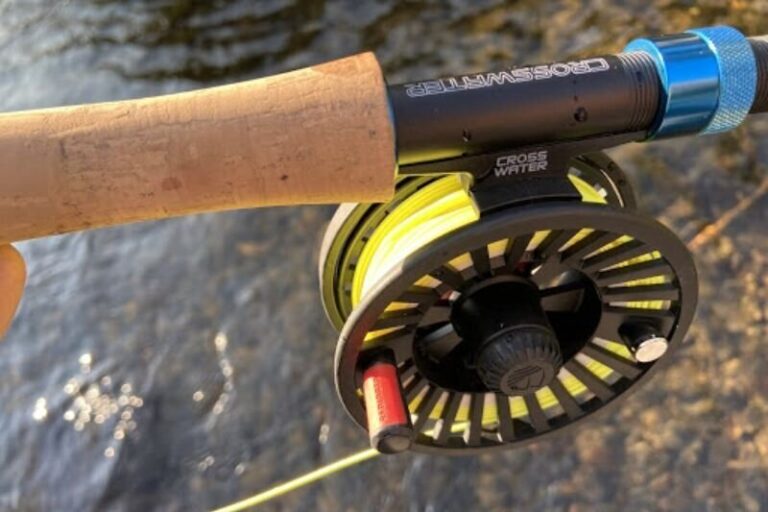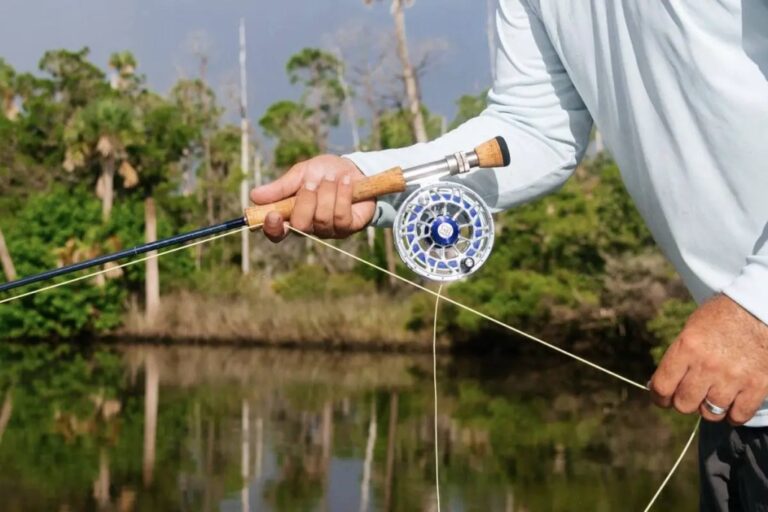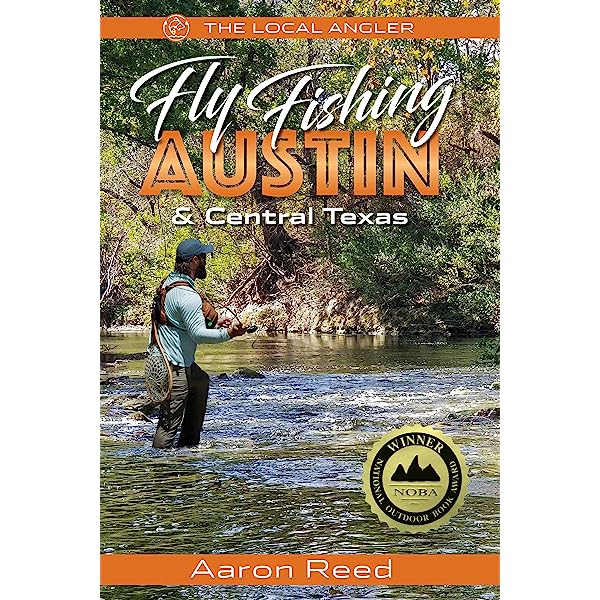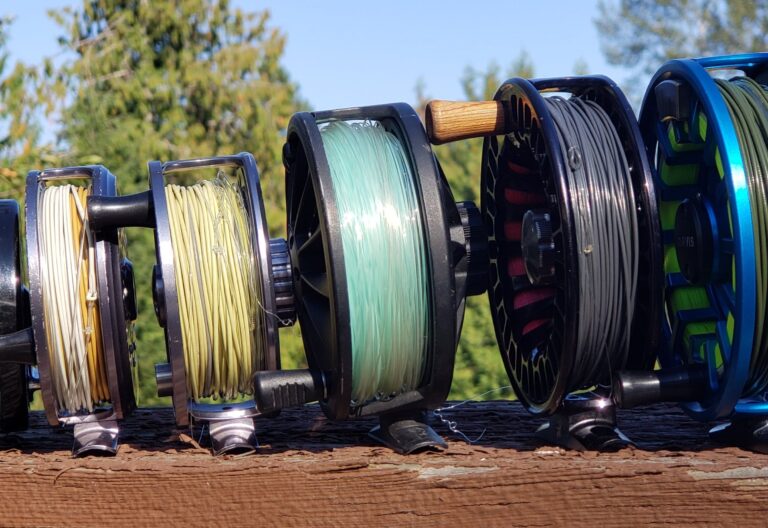Different types of fly lines are designed to match different fishing conditions and methods. Understanding these types is crucial for maximum fly fishing efficiency.
Fly fishing is a beloved sport that requires considerable skill and patience. As in any sport, having the right equipment is vital, and that includes using the right type of fly line. Fly lines are designed to match various fishing conditions and methods, and using the wrong line can seriously impact your overall performance.
Before selecting a fly line, it’s essential to consider factors such as the techniques you’ll use, the location you’re fishing in, and the species you’re targeting. In this article, we’ll explore the different types of fly lines available to help you choose the best one for your next fly fishing excursion.

Credit: www.amazon.com
The Basics Of Fly Fishing
Discuss The Basics Of Fly Fishing And Equipment Required
Fly fishing is a complex and engaging pastime that requires patience, skill, and the right equipment. This section of the blog post will discuss the basics of fly fishing and the equipment required for successful fishing trips.
Importance Of Choosing The Right Rod, Reel, And Line
Choosing the right equipment is essential for successful fly fishing. It can mean the difference between catching a trophy fish and going home empty-handed. When selecting equipment, it is important to consider the following:
- The type of fish you are targeting
- The size of the water you will be fishing
- The weather conditions you may encounter
- Your skill level
Differences Between Different Types Of Fly Rods And Reels And How They Affect The Choice Of Line
Fly rods and reels come in different sizes, materials, and designs. Each design has unique characteristics that make it suitable for specific fishing styles. For instance:
- Rods made from graphite are lightweight and sensitive, making them ideal for delicate casts and small fish.
- Fiberglass rods are heavier but more durable, making them great for long and powerful casts and larger fish.
- Reels are designed to hold the line and provide backup when fighting a fish.
- The choice of line depends on the type of water, fish, and fishing style.
The Basic Equipment Required For Fly Fishing
Although fly fishing equipment can be expensive, a basic set of equipment will get you started on your fly fishing journey. You need:
- A fly rod that suits the type of fish you’re targeting.
- A reel that balances the weight of your rod and fits the line you’re using.
- A fly line that matches your rod and reel.
- A leader that connects the fly line to your fly and helps the fly float or sink.
- Flies that mimic the insects on which the fish feeds.
Fly fishing is a rewarding and engaging pastime that requires patience, skill, and the right equipment. To get started, you need a basic set of equipment that suits your skill level, target species, and fishing style. Choose the right equipment, and you will enjoy endless hours of fly fishing success.
Different Types Of Fly Lines For Different Scenarios
Fly fishing is an art that not only requires skill but also the right equipment. While choosing the right rod and reel is important, selecting the appropriate fly line type is equally crucial to have a successful catch. Understanding different types of fly lines for different scenarios can help you make the most of your fly fishing experience.
In this post, we will discuss the various types of fly lines available and the situations where each type should be used.
Different Types Of Fly Lines Available
There are several types of fly lines available in the market, but the most common ones are:
- Floating lines
- Sinking lines
- Sink-tip lines
- Intermediate lines
Each line type has its features, and their different densities and tapers determine how they behave in water.
Situations Where Each Type Of Line Is Most Effective
Choosing the right fly line for the situation makes a significant difference in your success rate. Here are some situations where each type is most effective:
- Floating lines: These lines float on the surface and are ideal for dry fly fishing. They are also useful in calm waters for slow-moving presentations.
- Sinking lines: These lines sink entirely in the water and come in various sink rates, from slow to very fast. They are best suited for deep waters and fast currents.
- Sink-tip lines: Sink-tip lines have a sinking tip and a floating body, making them ideal for fishing in shallow to medium-depth waters. They are best for streamer fishing, where you want the fly to sink while the leader stays on the surface.
- Intermediate lines: These lines sink slowly and are great for fishing in moderately deep waters. They work well in still waters, saltwater flats, and estuaries.
Characteristics Of Each Type Of Line
Each type of fly line has specific characteristics that make them unique. Understanding these differences can help you choose the right line and make your fly fishing experience more successful.
- Line weight: The ‘weight’ of the line is determined by the first thirty feet of the line’s weight and affects the casting distance and load the rod can handle.
- Line taper: Taper refers to the line’s thickness, and different types of lines have different tapers to achieve specific casting and presentation techniques.
- Line density: The density of the line determines how far the line sinks in the water. Floating lines have the least density, while sinking lines have the highest.
Choosing the right fly line for fly fishing is crucial for a successful catch. Each type of line has its characteristics and is suitable for specific situations. Understanding the differences and selecting the right one for the job can make all the difference in your fly fishing experience.
Tips And Techniques For Using Different Fly Lines
Fly fishing with different types of fly lines and adjusting your techniques accordingly is essential to make the most of your angling experience. Here are some practical tips to help you use various types of fly lines effectively.
Provide Practical Tips For Using Different Types Of Fly Lines In A Variety Of Situations
- Use floating lines in still water and calm conditions for a natural presentation of the fly on the surface.
- Switch to intermediate sinking lines if the water has a slow current. This enables the fly to sink just below the surface but still maintains contact with your rod tip.
- For deeper waters with faster currents, opt for type 5 or type 6 sinking lines to get the fly to the desired depth.
- If you’re fishing in a clear stream with spooky fish, go for a clear fly line to avoid spooking the fish.
Discuss How To Cast Different Types Of Lines To Achieve The Desired Results
To achieve the desired results, you need to cast differently depending on the type of fly line you’re using. Here are some casting techniques that you can use depending on the fly line types:
- When using a floating line, it’s best to use a “slower” stroke and propel the line forward delicately. This creates less disturbance and prevents the fly from sinking too fast.
- When casting a sinking line, use a slightly harder and more forceful stroke than you would while casting a floating line.
- To prevent the fly line from sinking too fast, avoid making a high-up stop on the forward stroke, which can cause the fly line to sink quickly. Rather come to a stop with your rod just above your shoulder.
Explain How To Adjust Your Technique When Using Different Types Of Lines To Achieve Maximum Success
To achieve maximum success while fishing, your technique needs to be adjusted according to the type of fly line you’re using. Consider the following tips:
- With a floating line, focus on achieving a smooth cast for an accurate landing.
- Intermediate lines require more time to sink than a sinking line, so pause a little longer before your retrieve.
- Incorporate “strip-and-pause” retrieving techniques when using sinking lines to create a more realistic presentation of the fly.
By using the right type of line and carefully adjusting your technique, you can ensure a successful and enjoyable fly fishing experience.
Conclusion
Good fly fishing requires using the right type of fly line for the specific fishing situation. Understanding the types of fly lines available and choosing the right one will greatly improve the chances of success. Floating lines, sinking lines, and intermediate lines each have their own advantages and disadvantages.
Different tapers and weights can further customize the line to the specific angler and fishing location. Investing in high-quality fly line will make a noticeable difference in casting accuracy and overall fishing success. Pay attention to the details, such as the material and the coating, and be willing to experiment with different lines until finding the perfect one.
With time and practice, fly fishermen and women will develop their own preferences and techniques for using different types of fly lines. Happy fishing!






